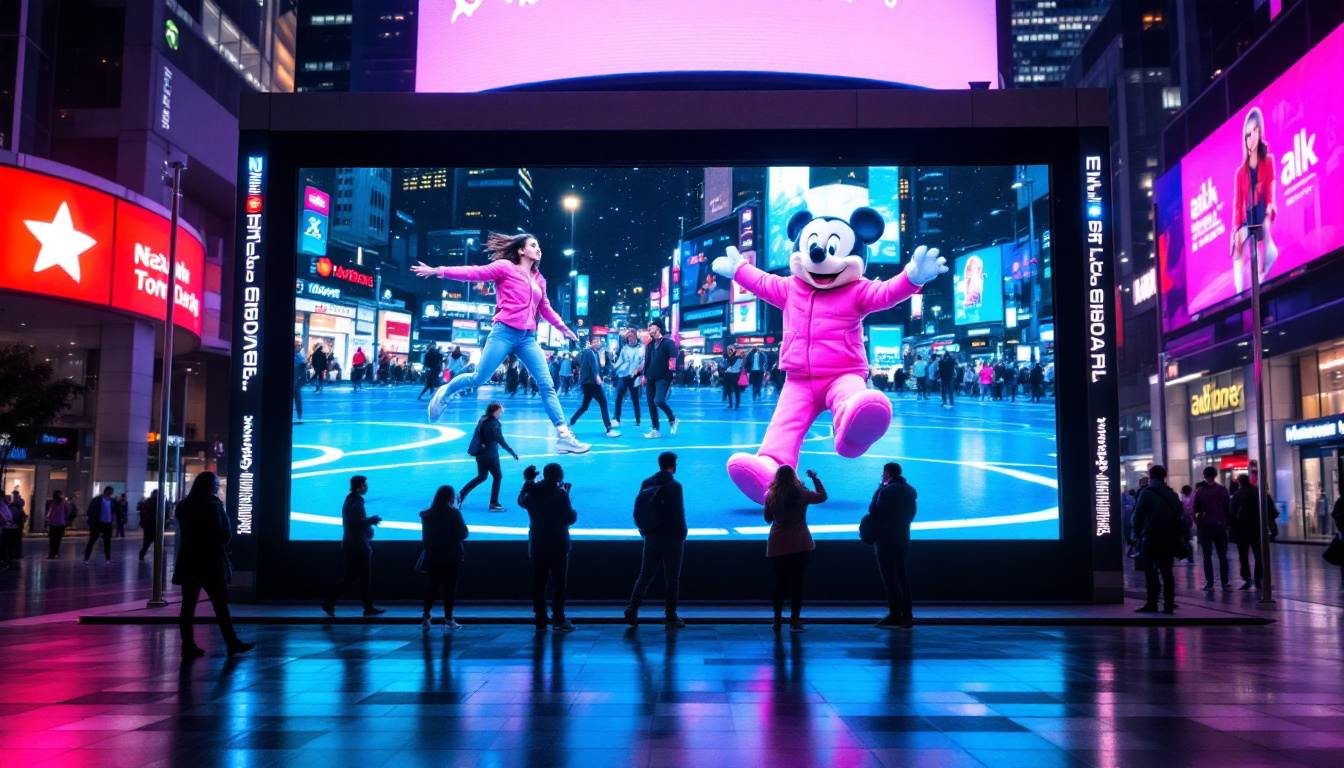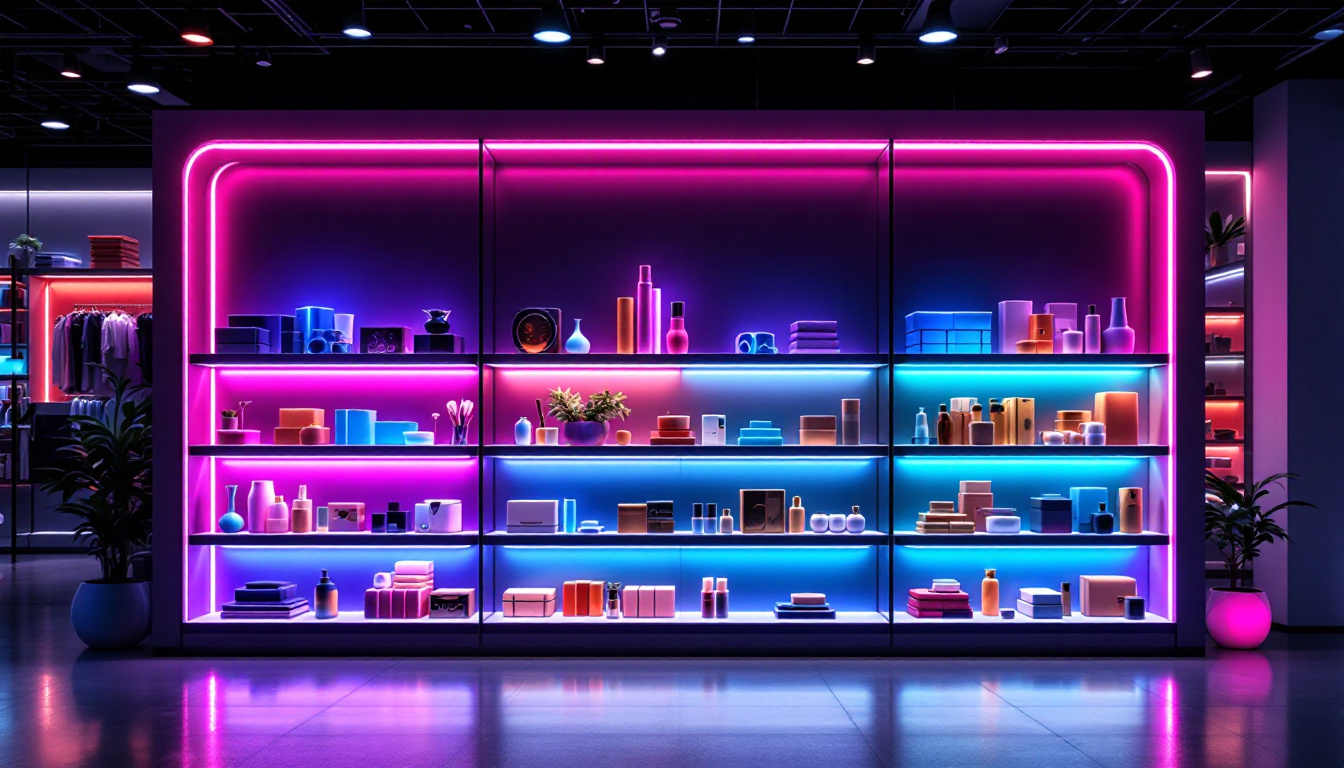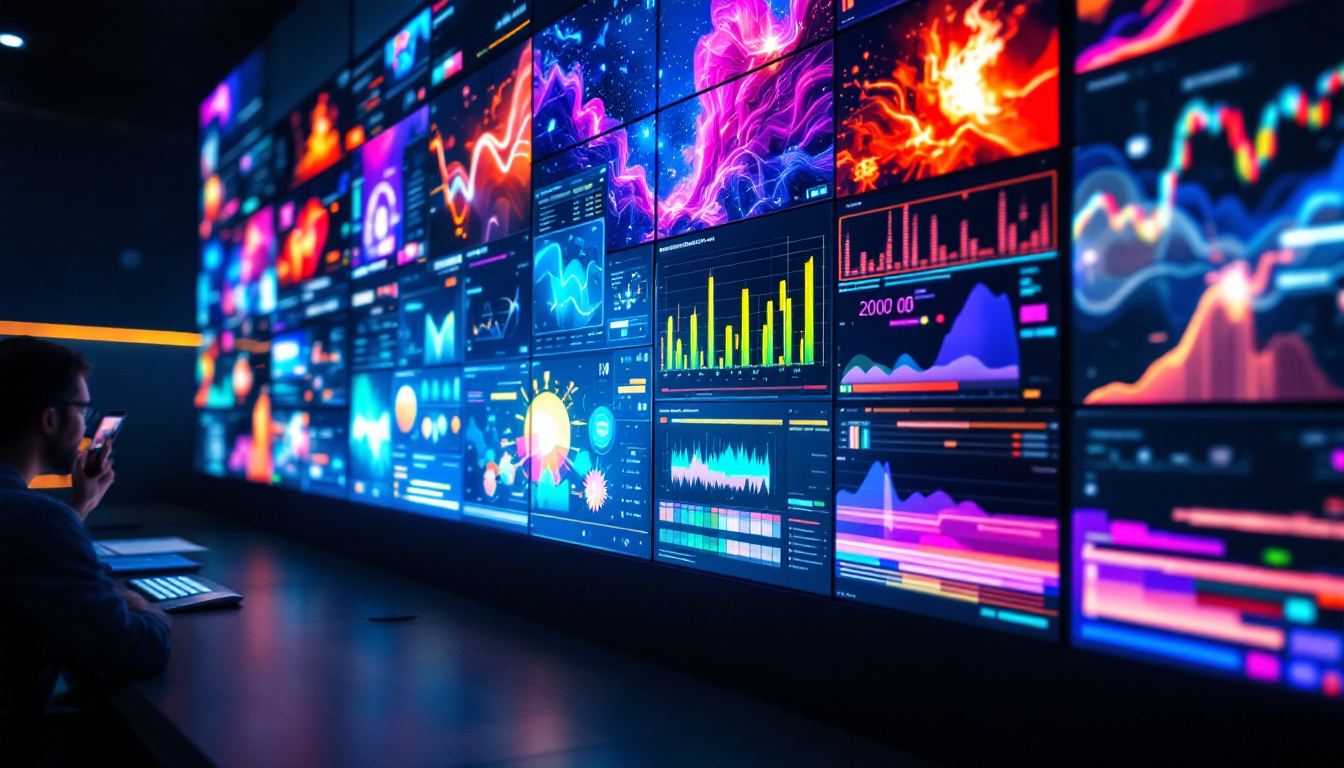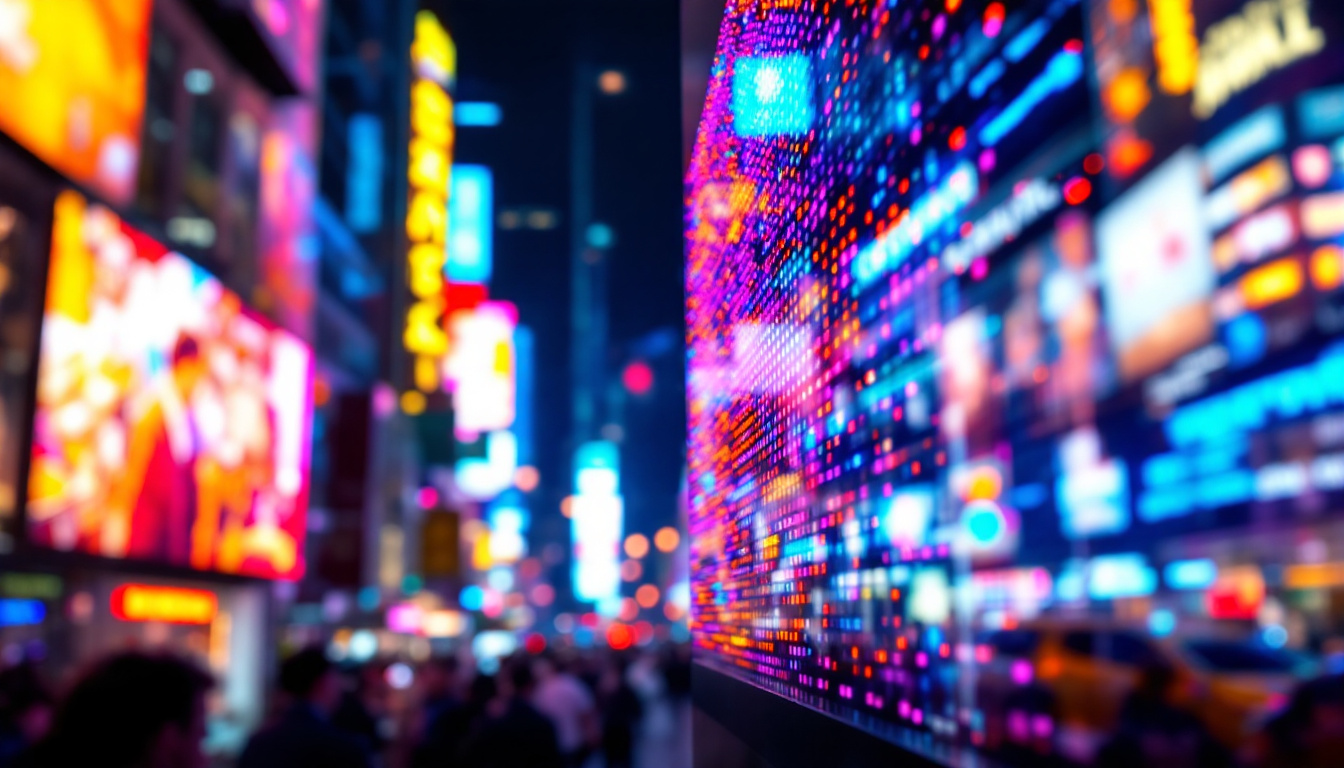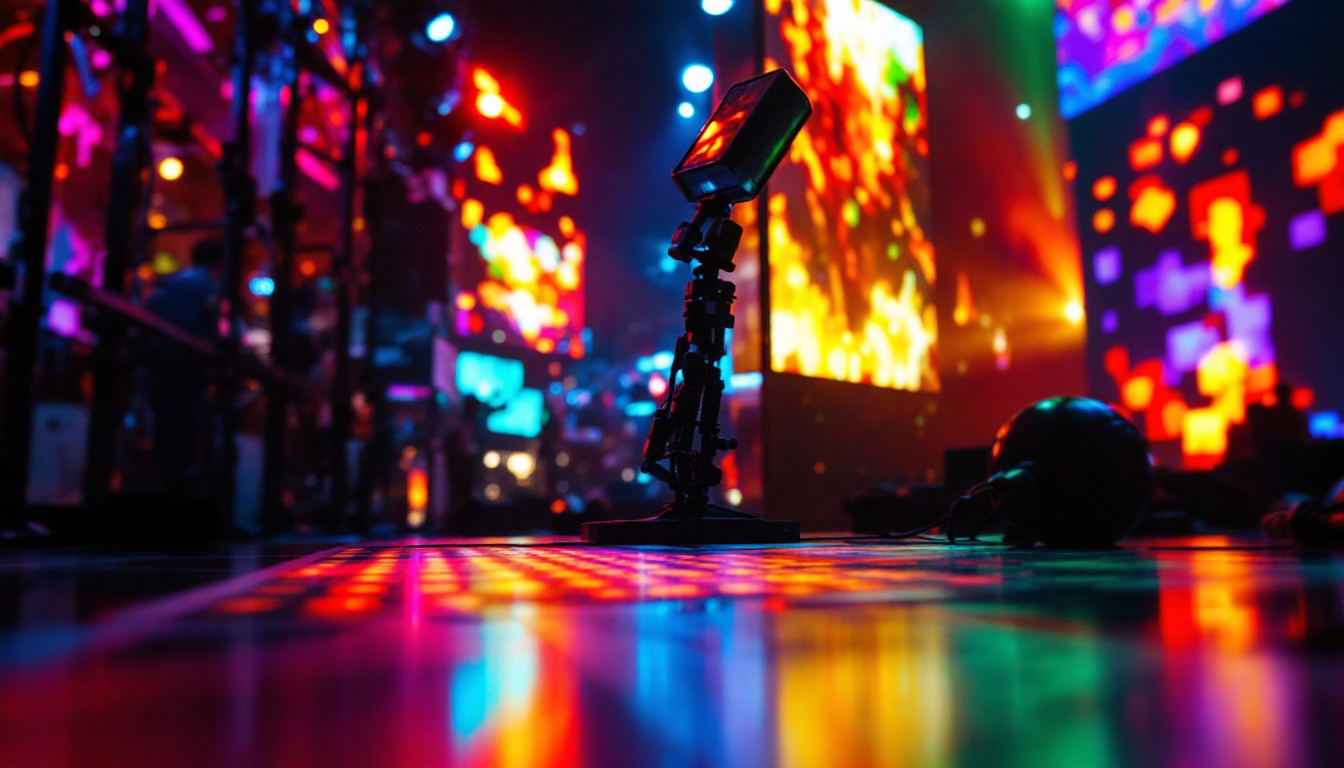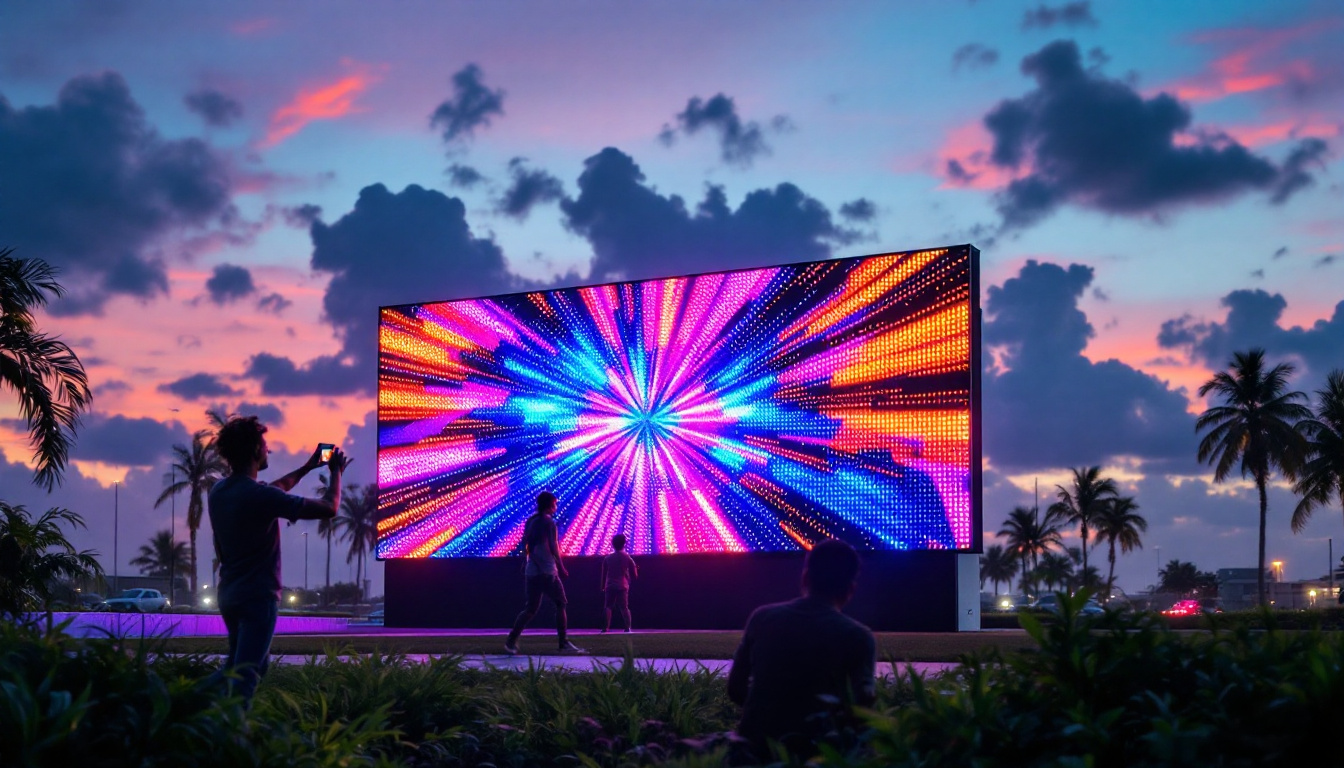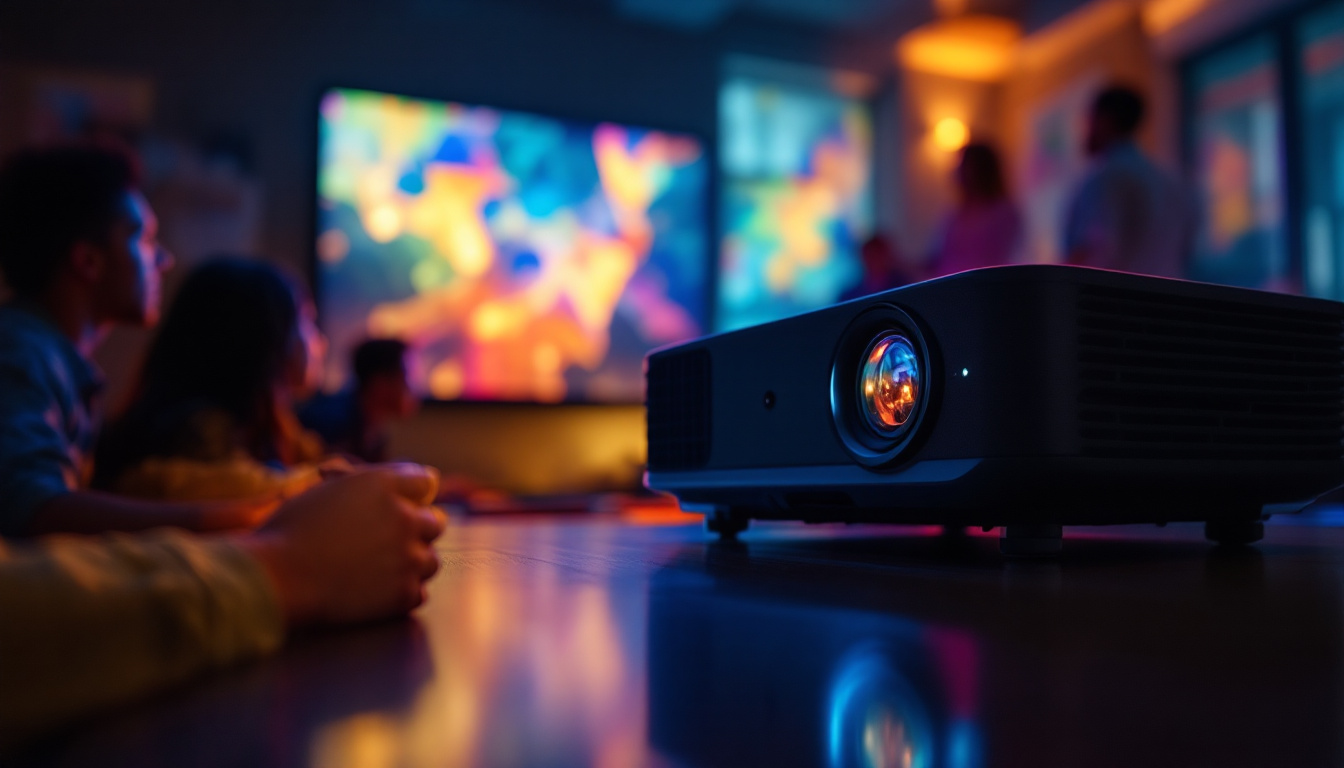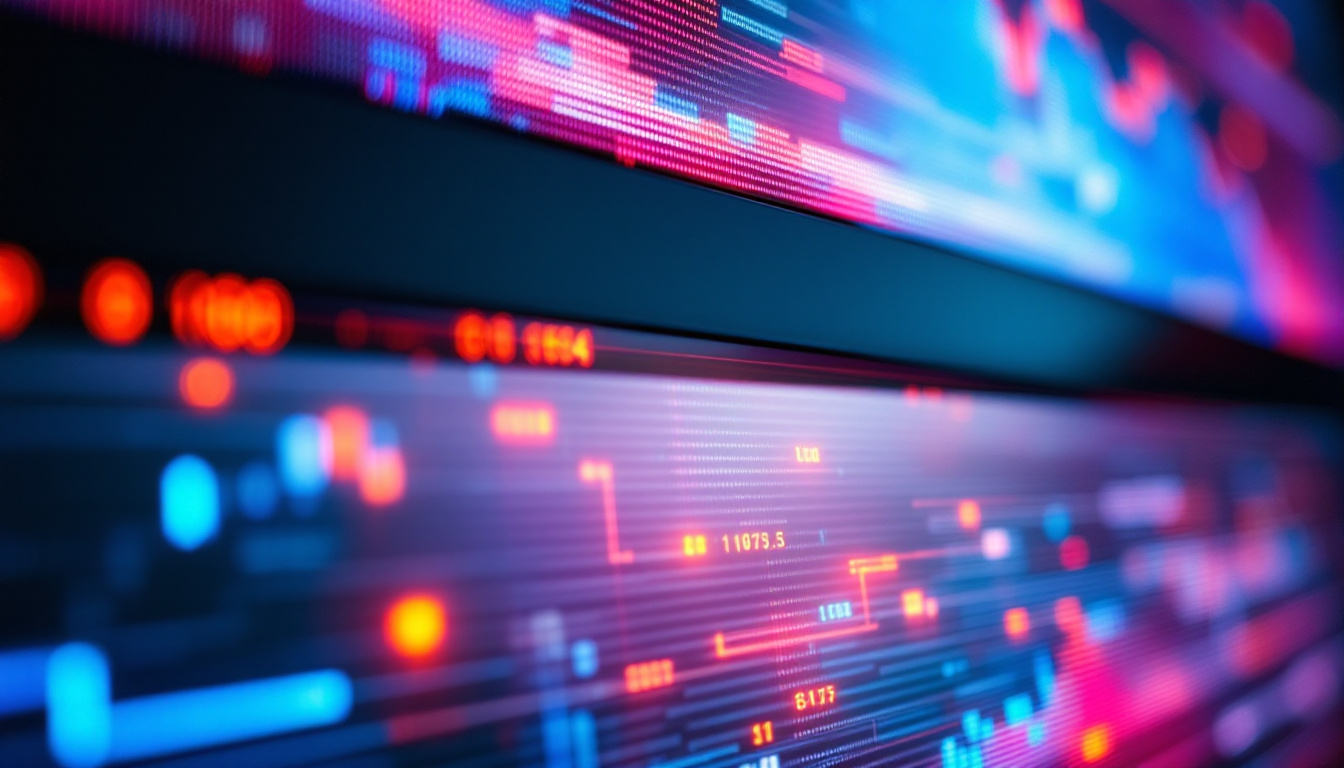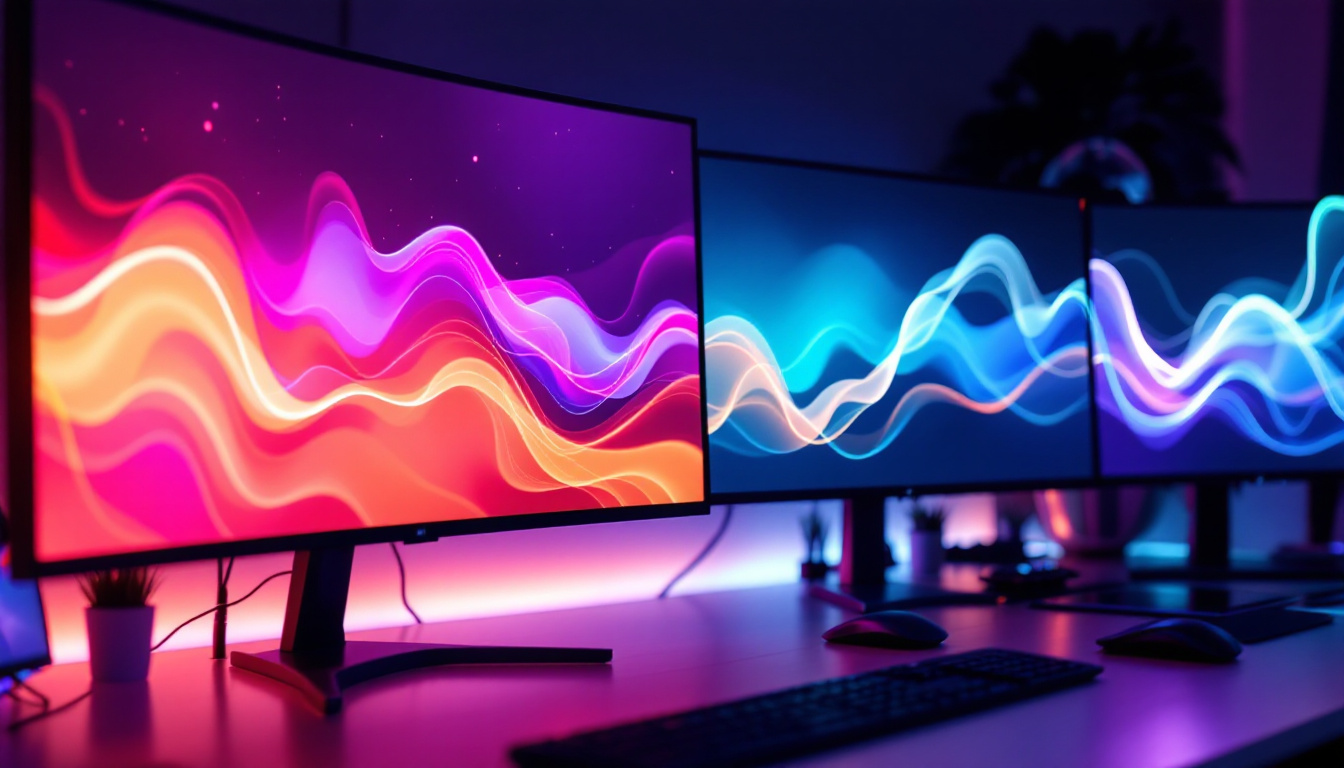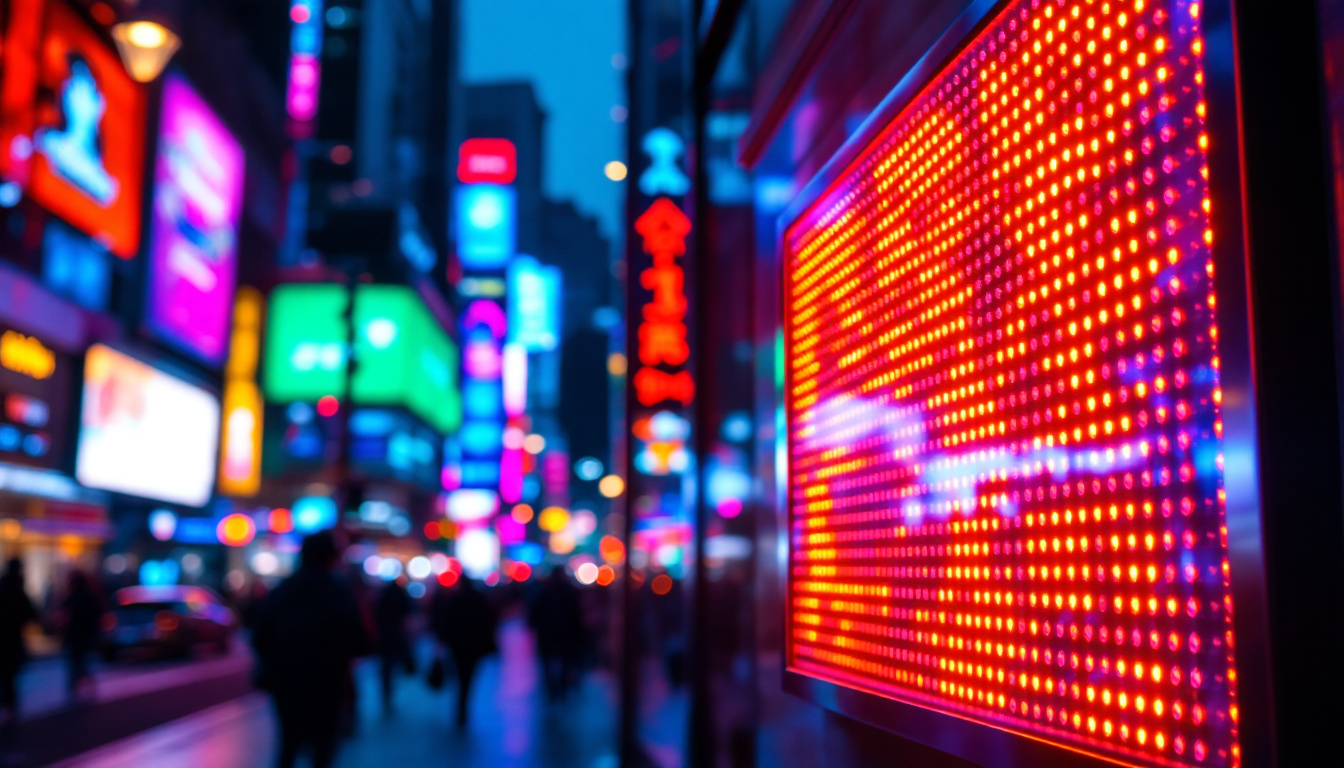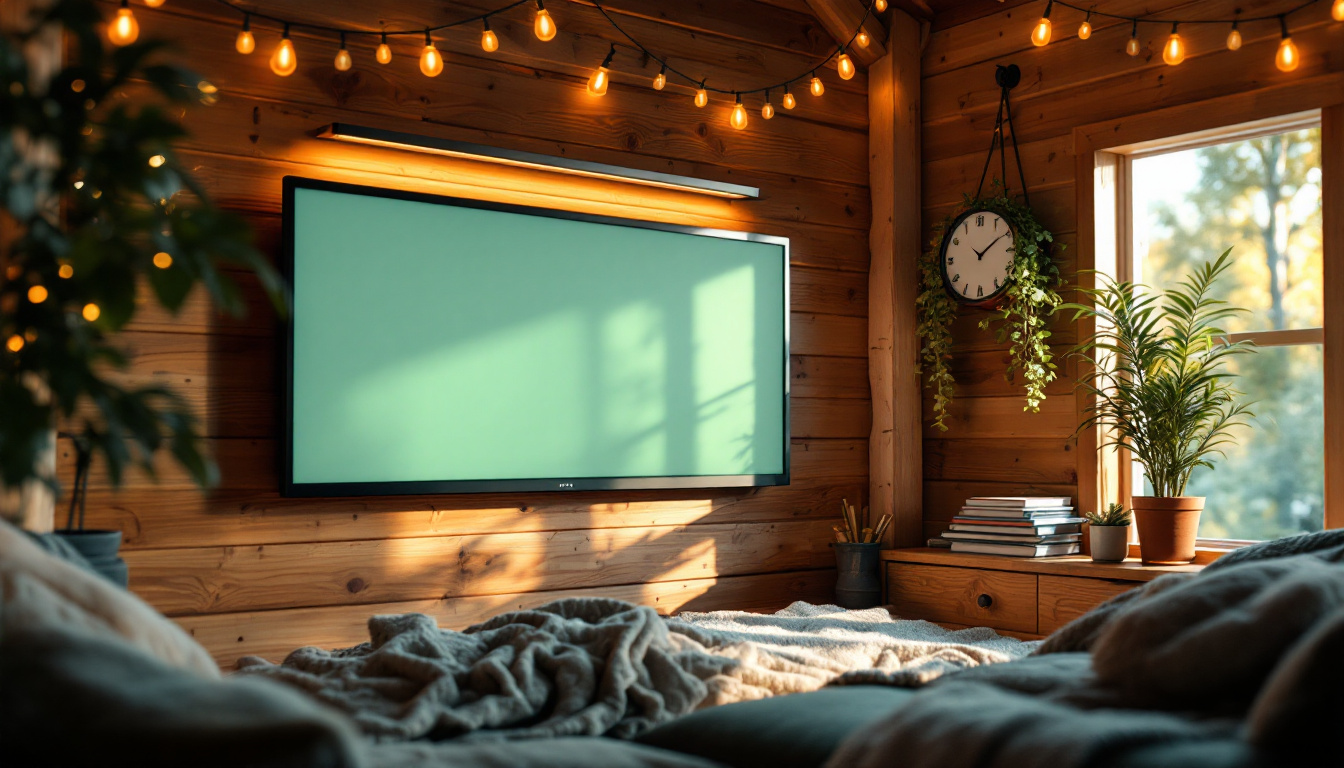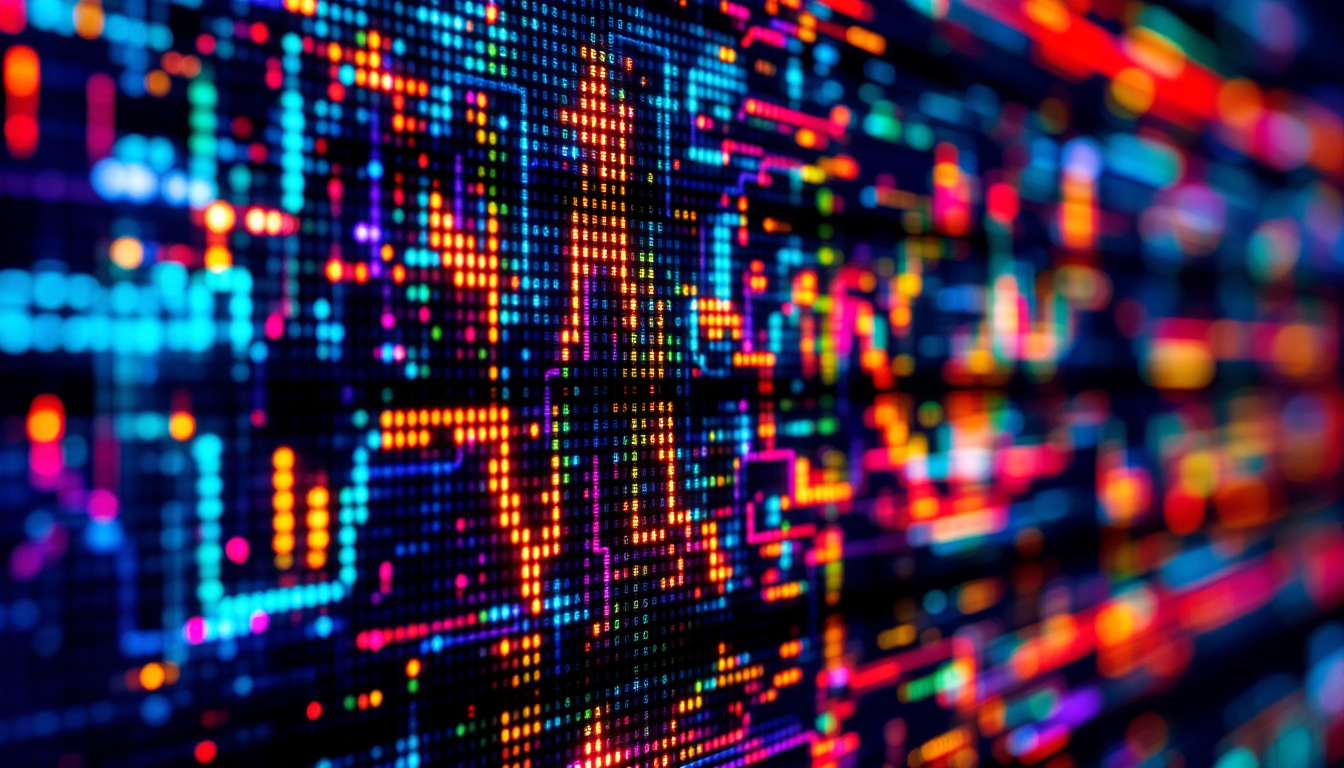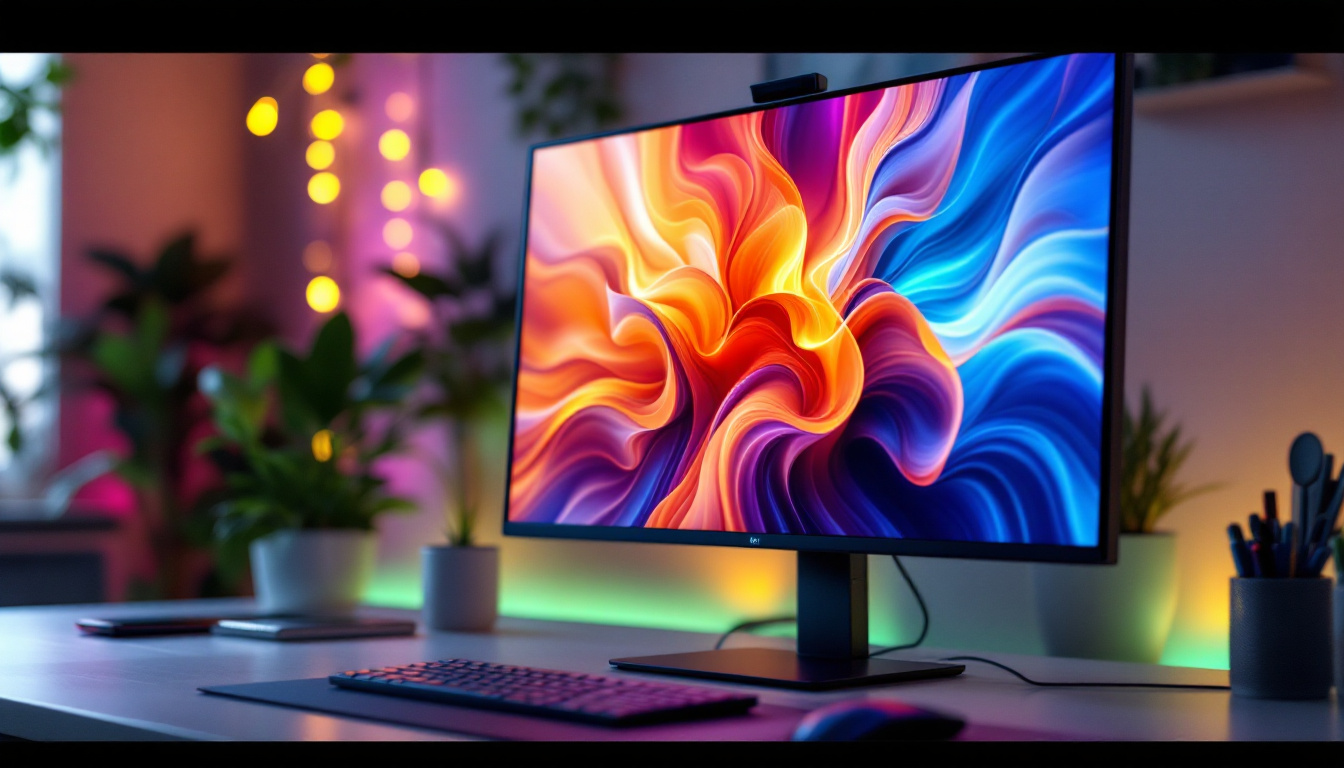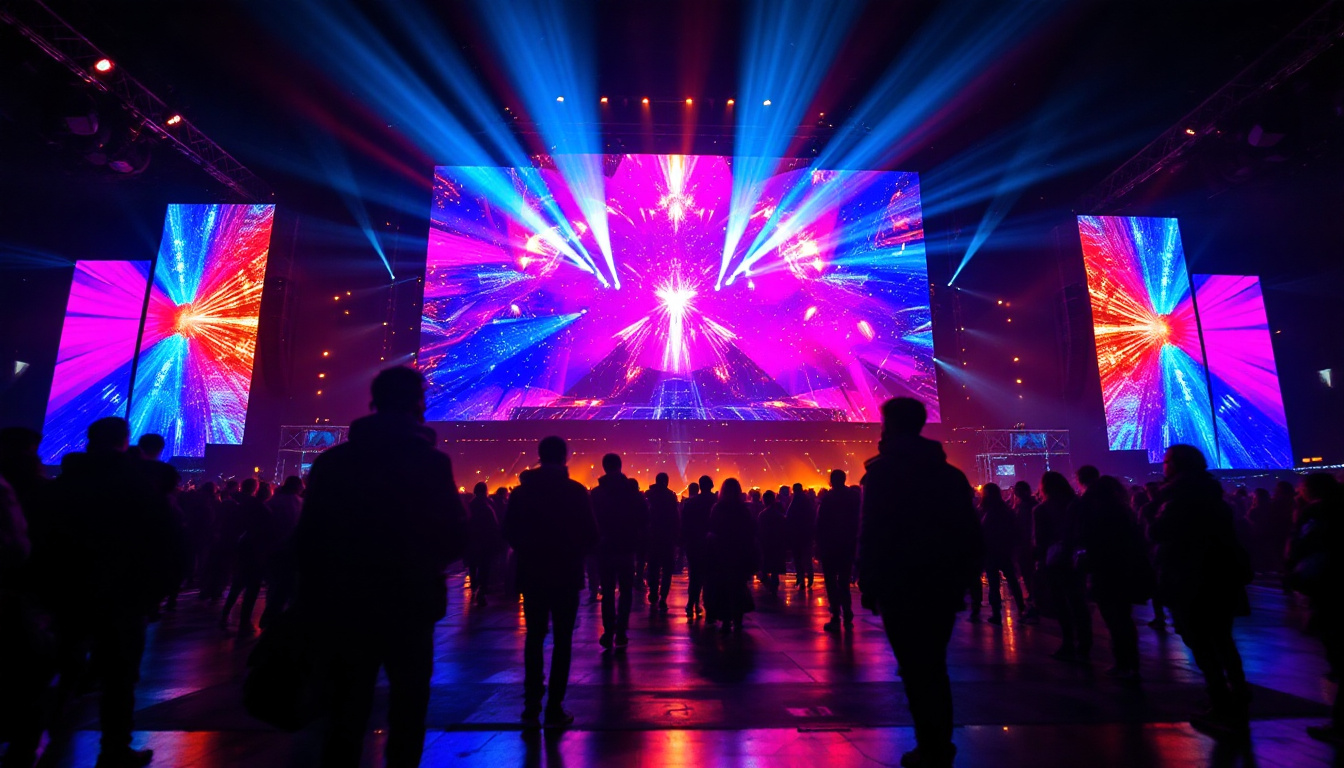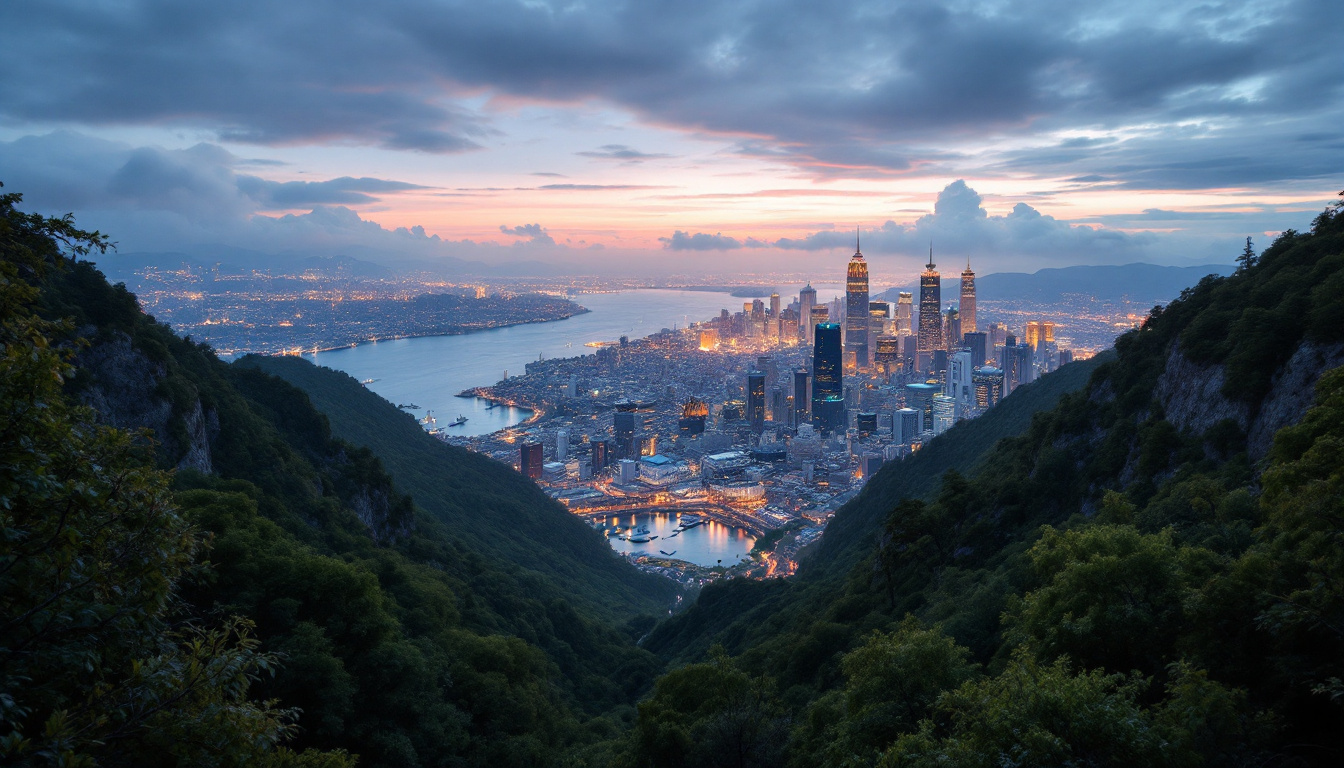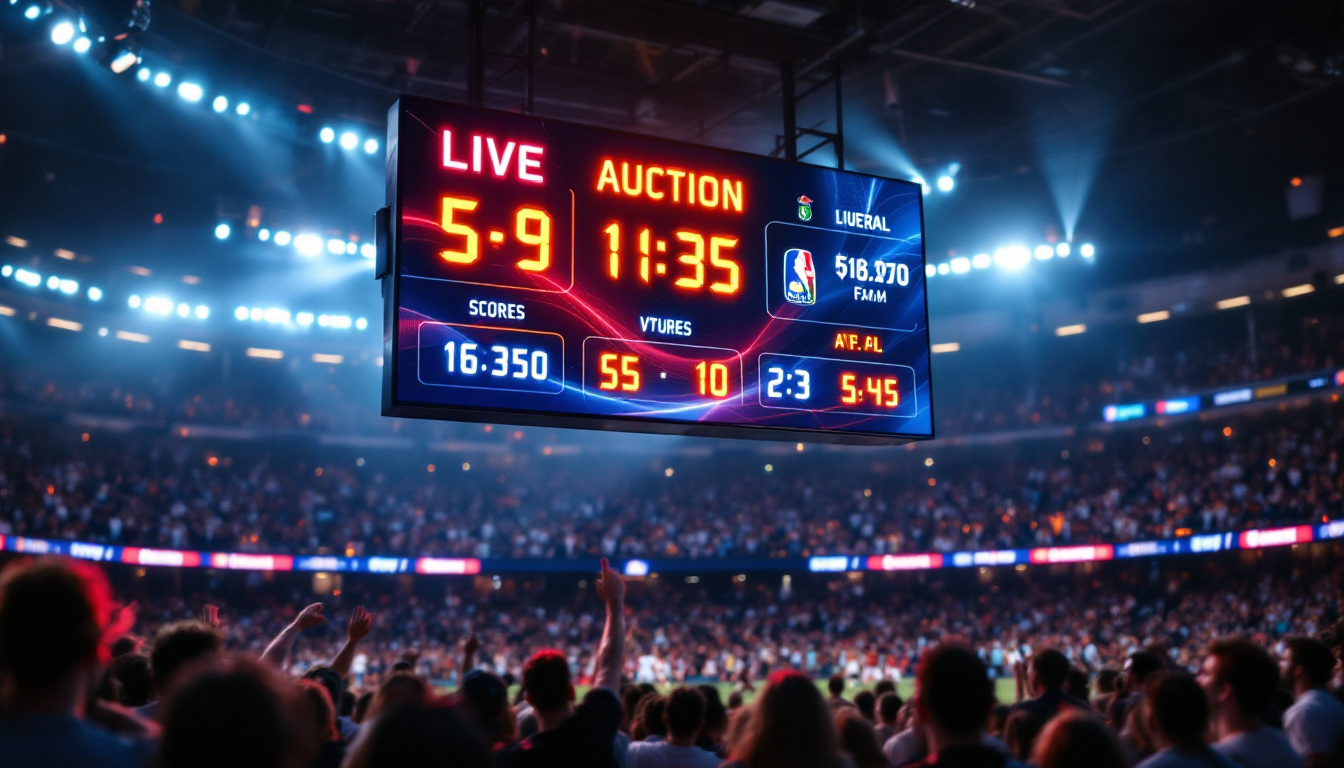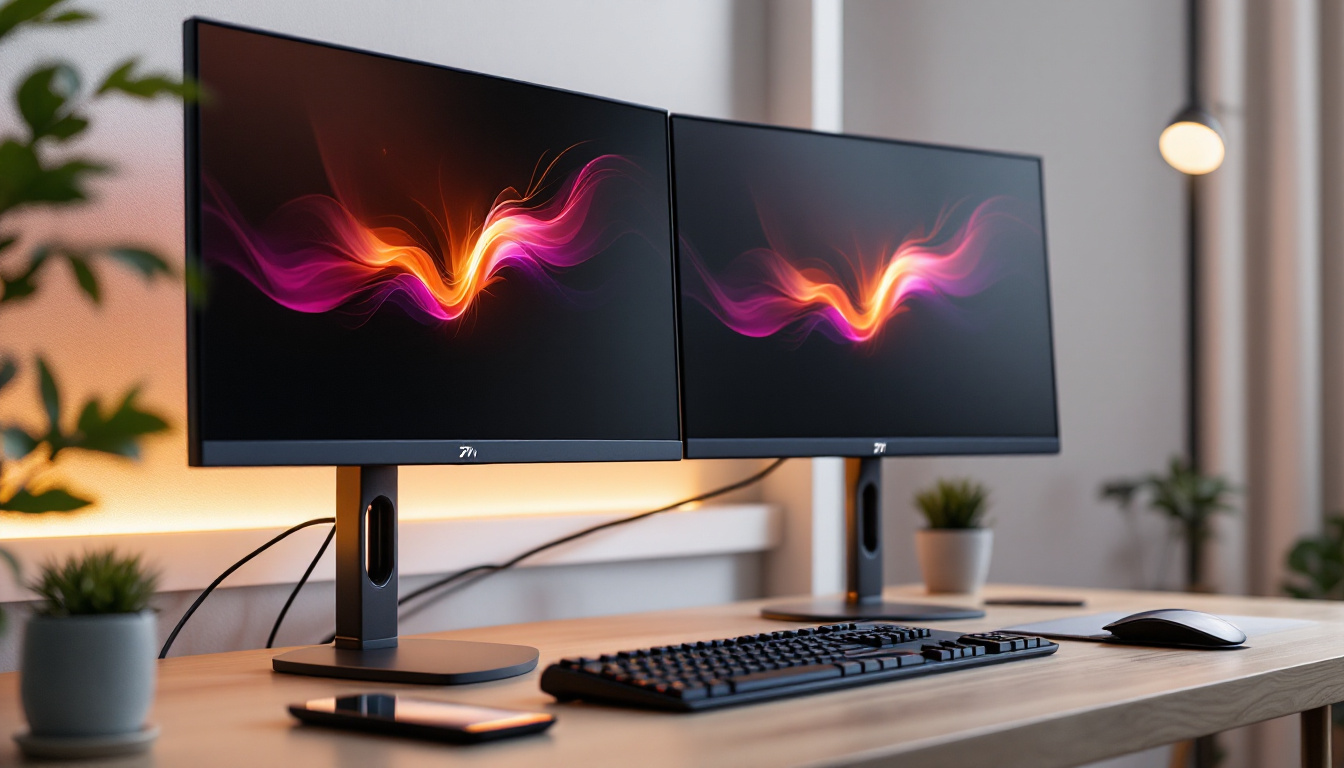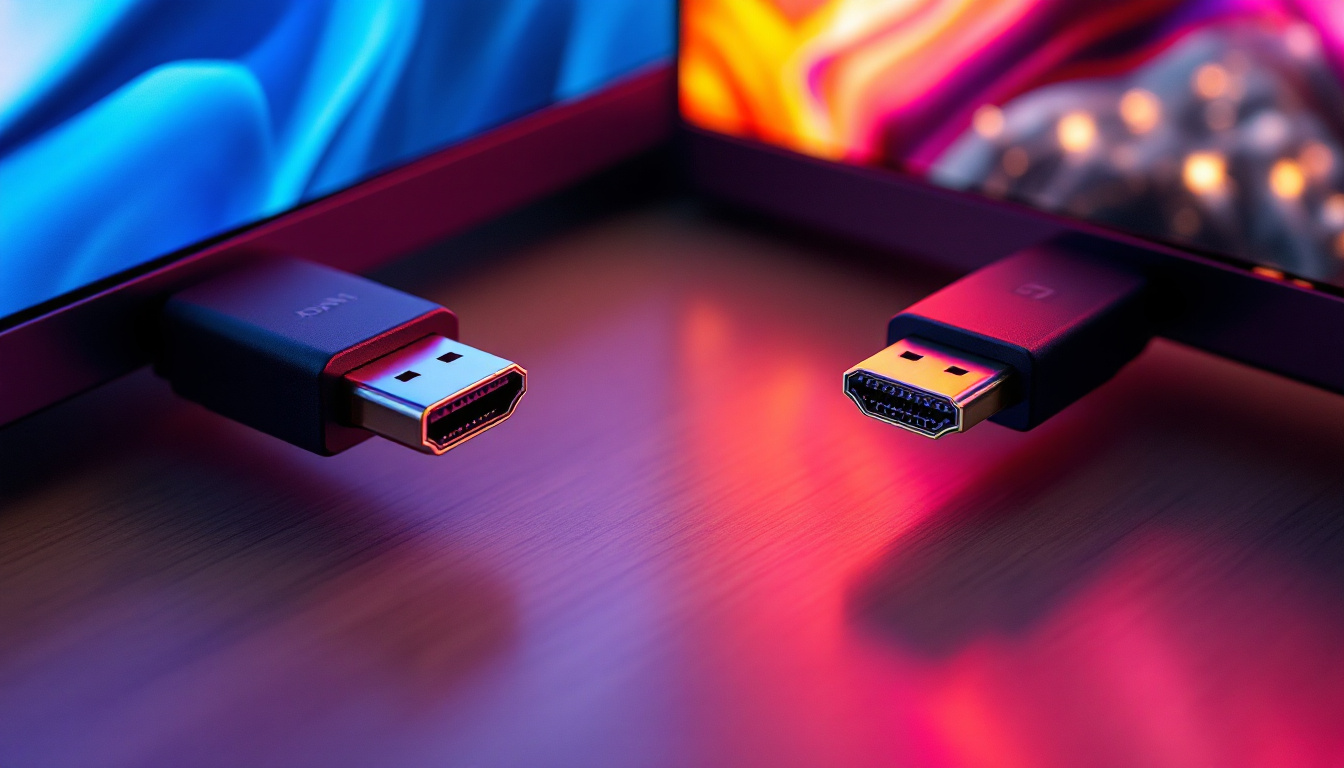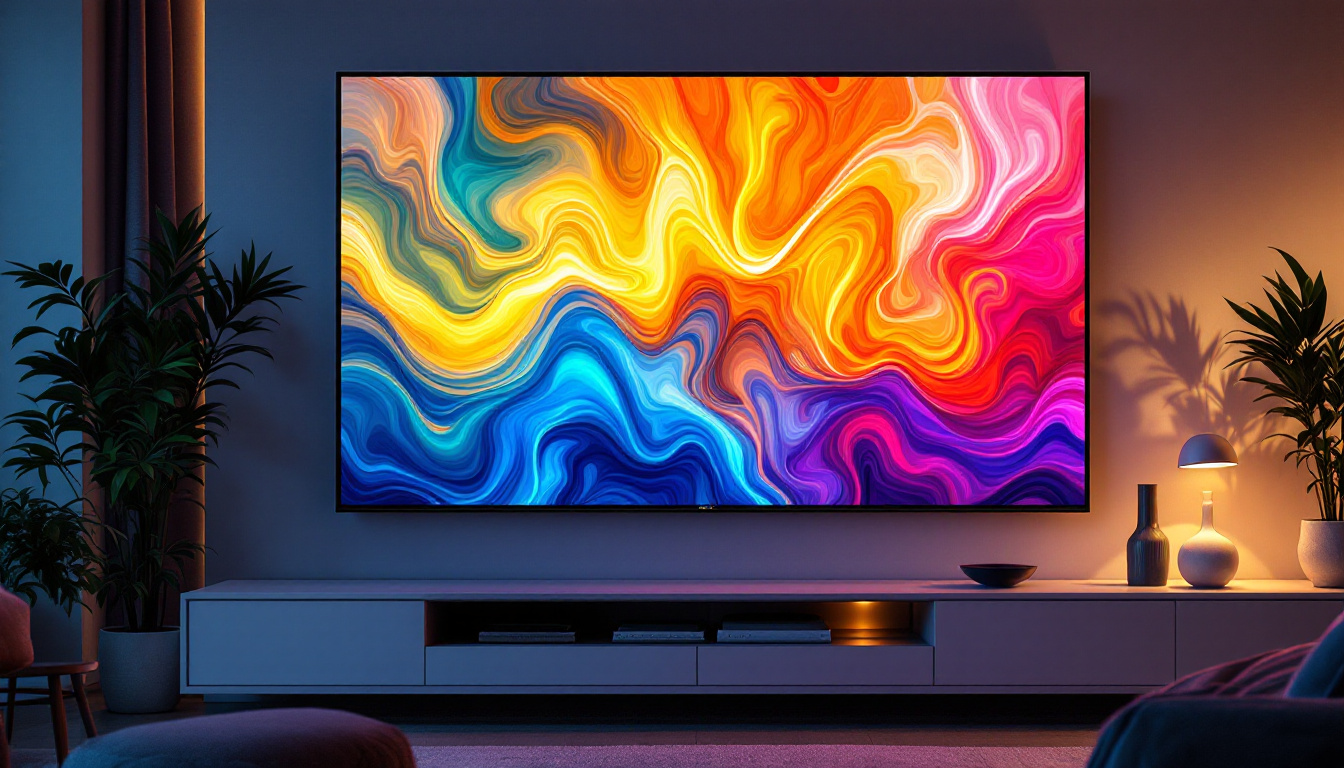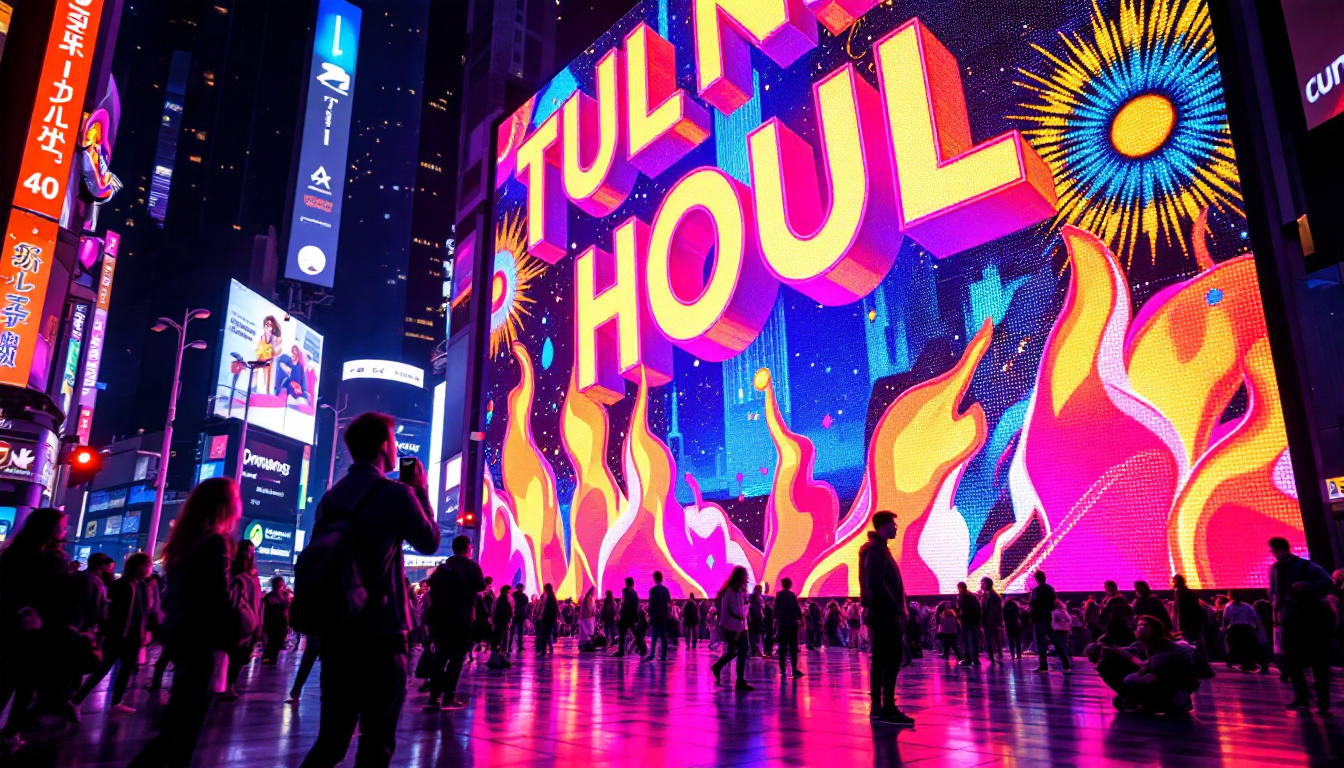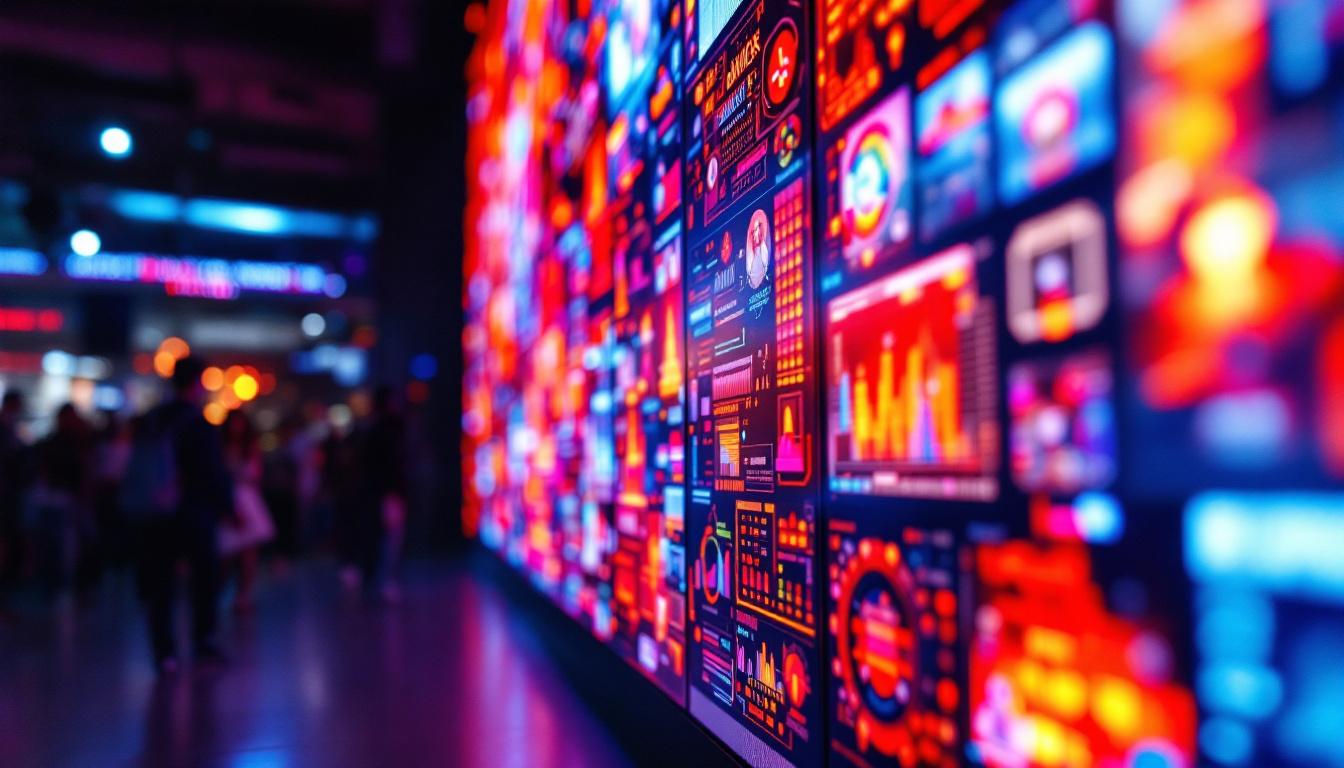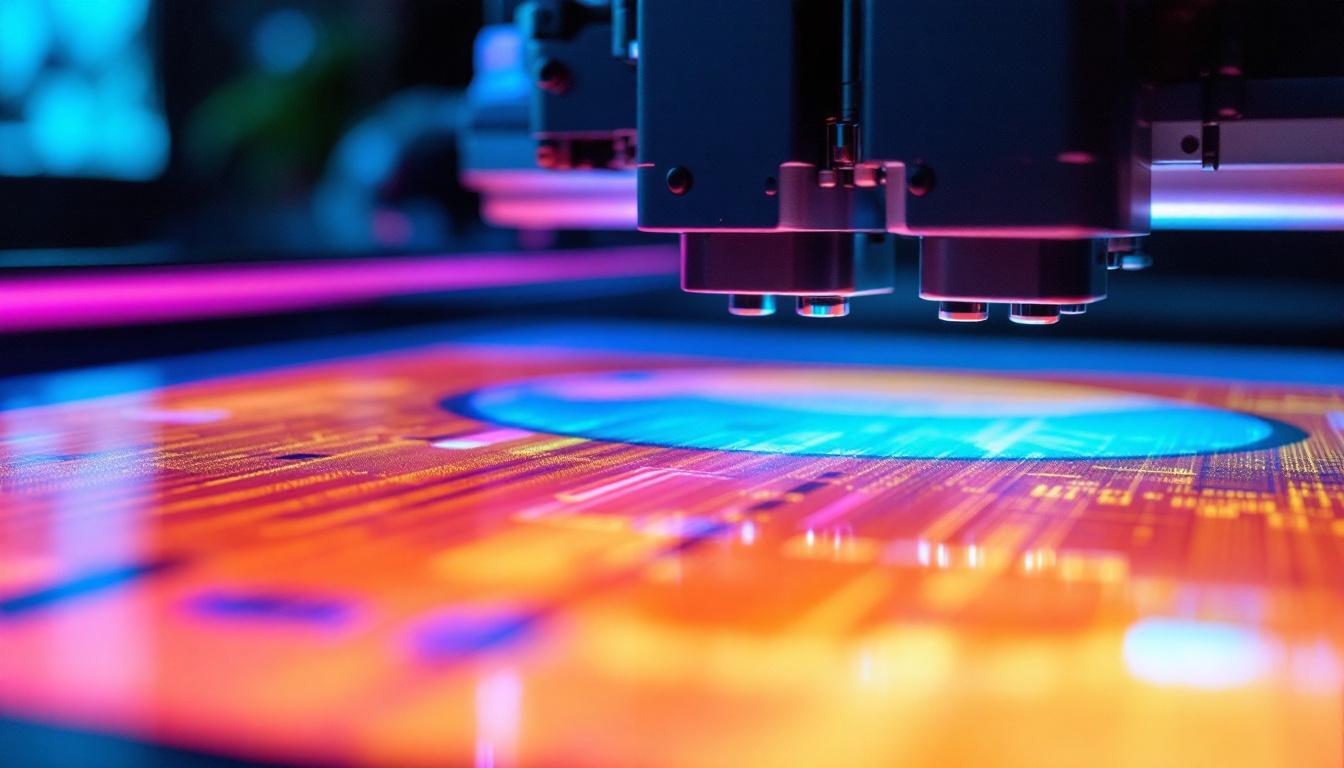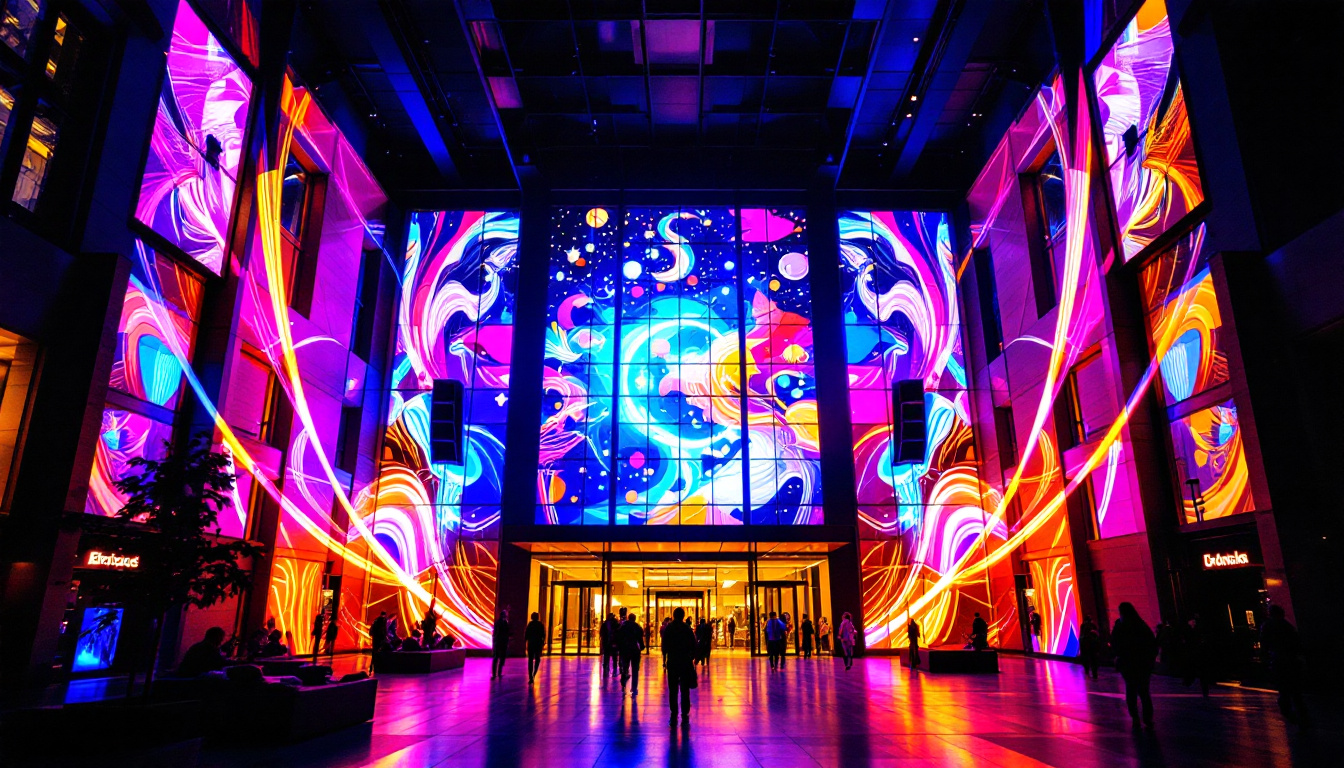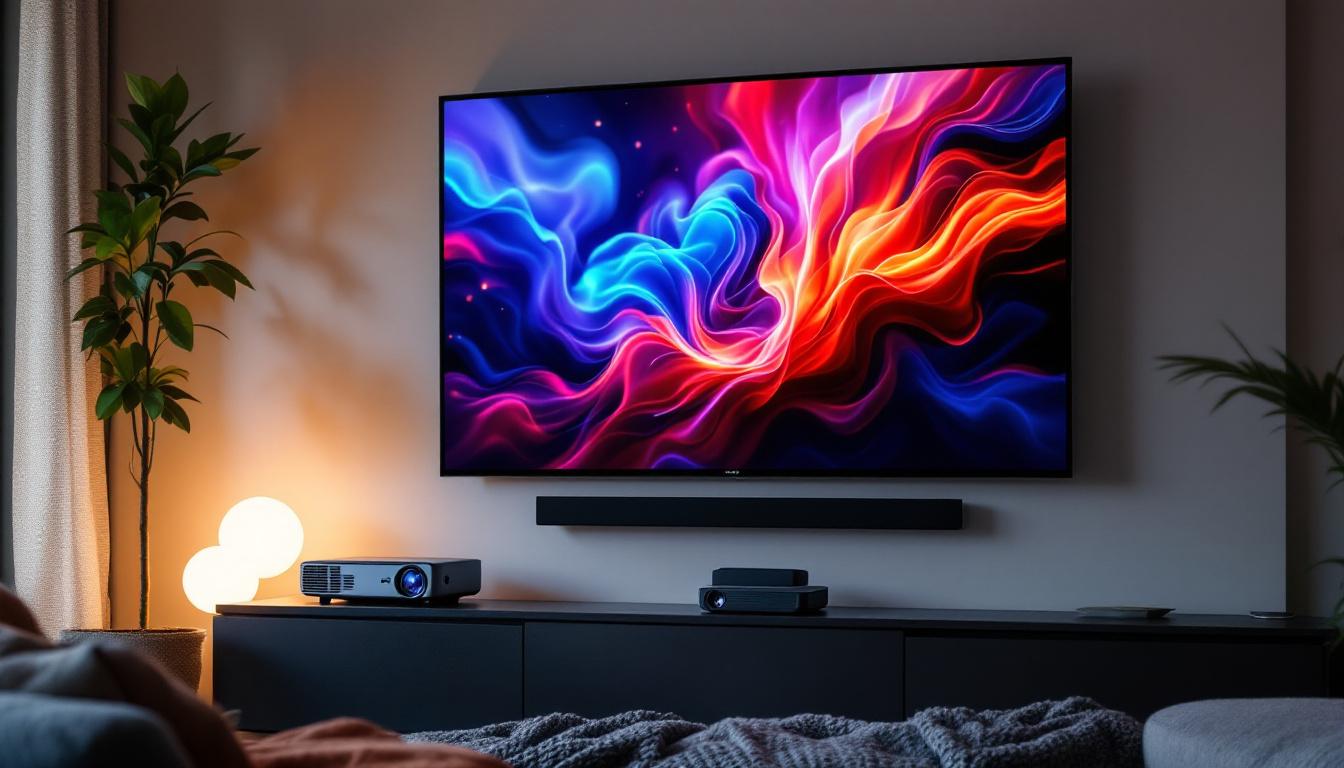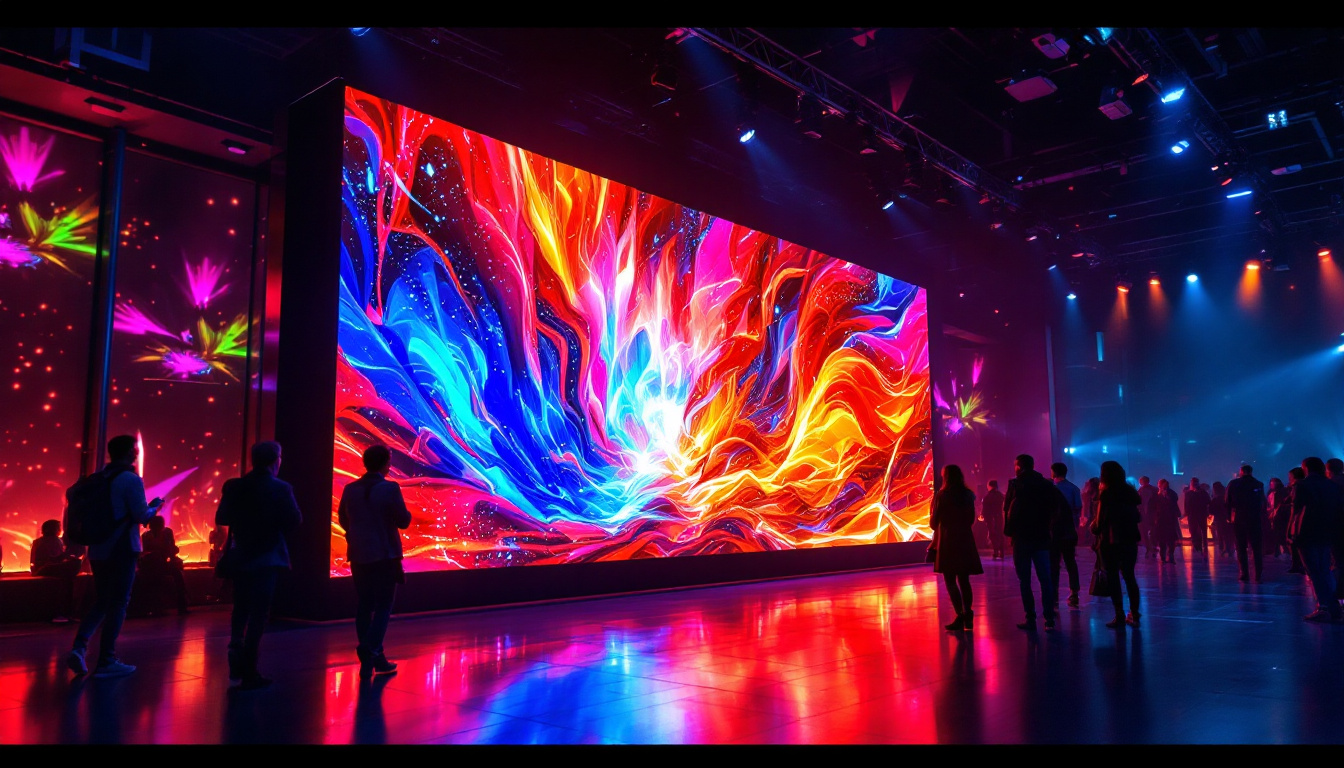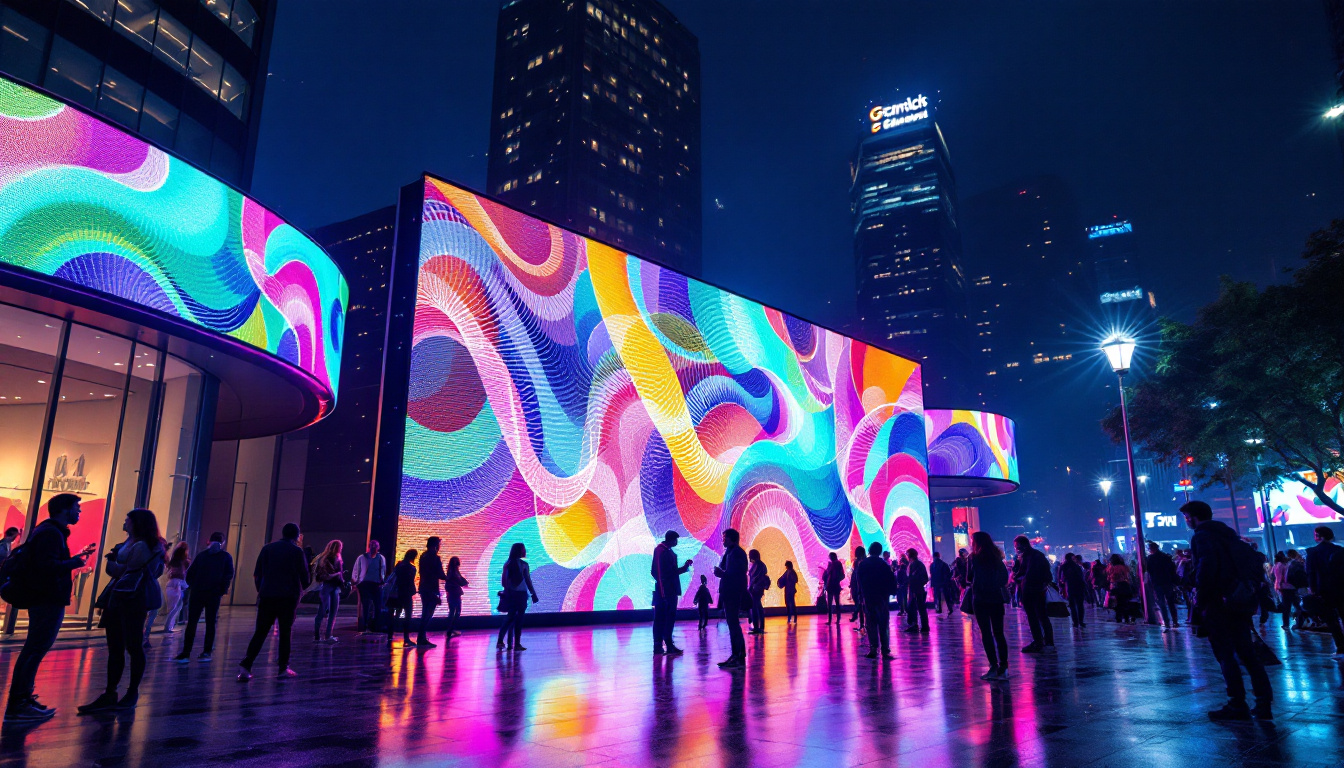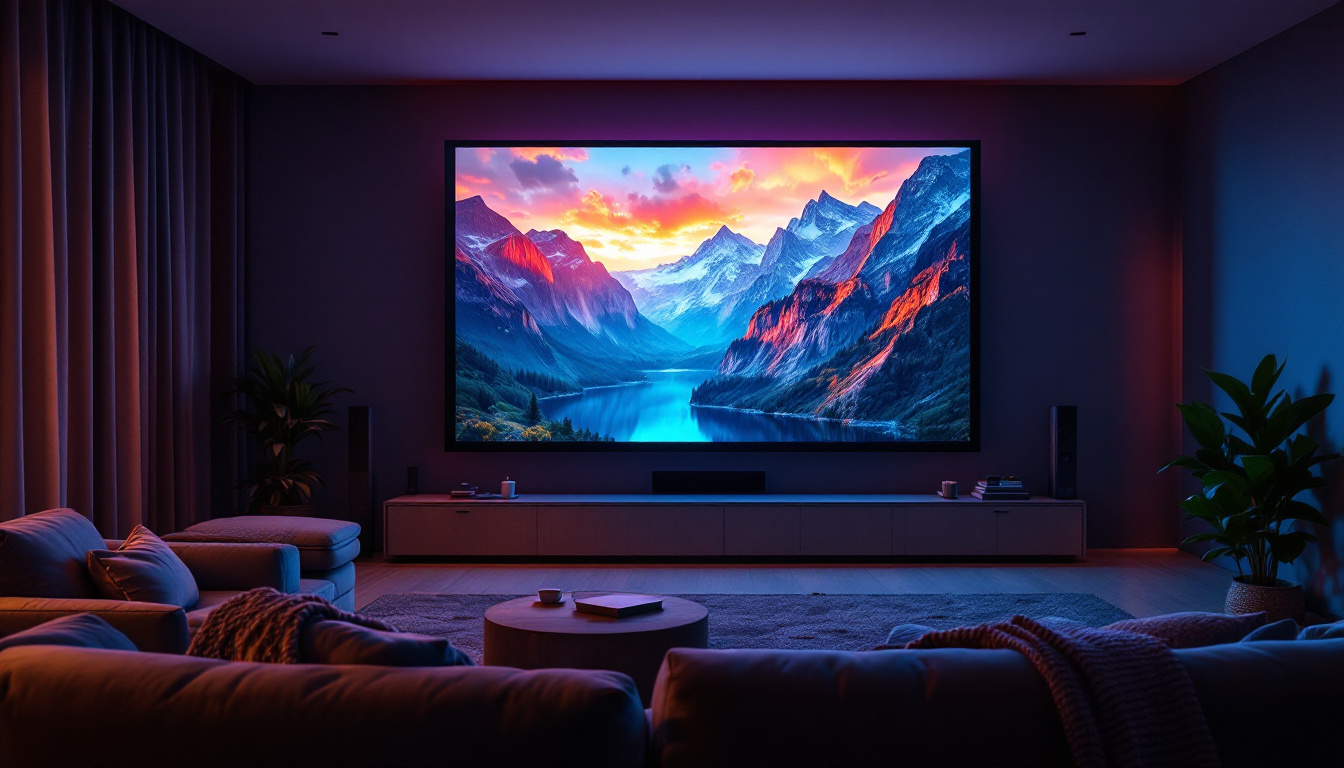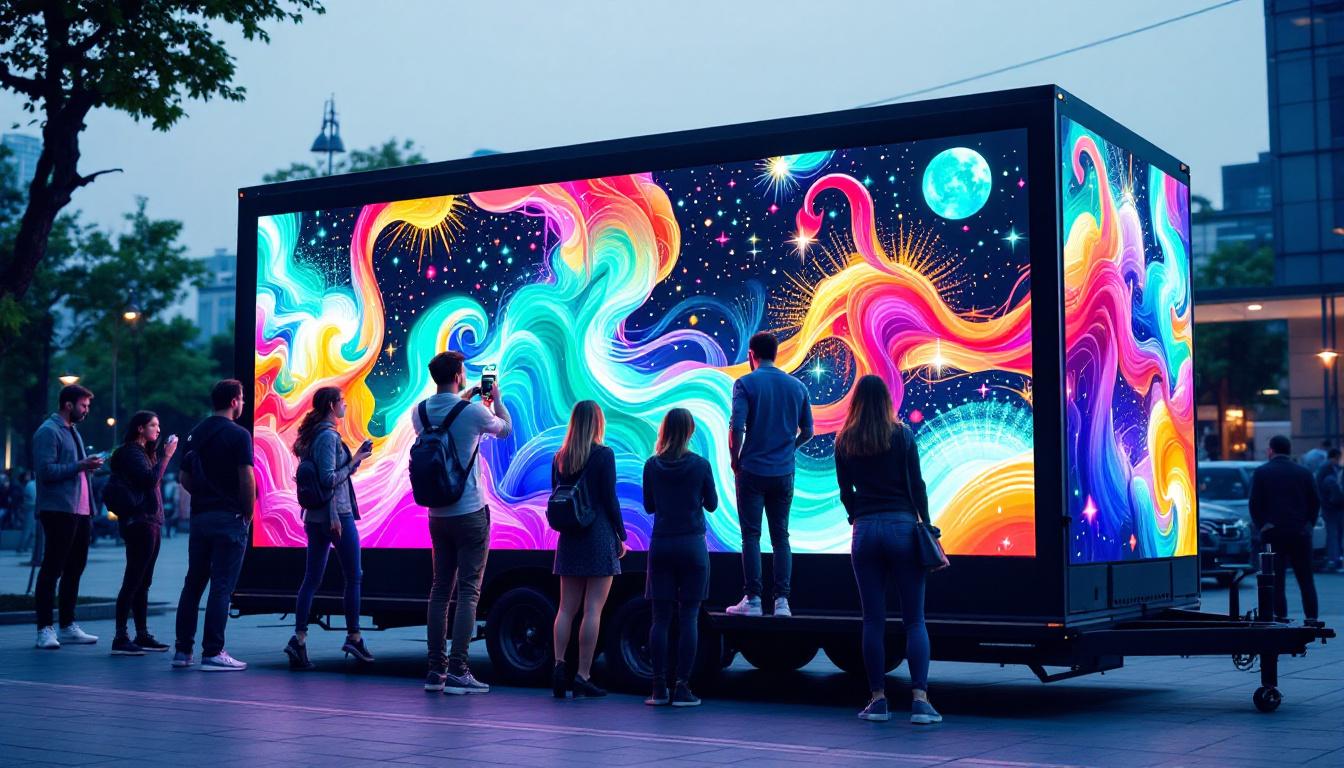In the world of modern visual technology, LED tiles have emerged as a revolutionary solution for displaying vibrant images and videos. These tiles are not just a trend; they represent a significant advancement in how we communicate visually. This article delves into the intricacies of LED tiles, exploring their structure, functionality, applications, and the future of this dynamic technology.
What Are LED Tiles?
LED tiles, also known as LED display panels, are modular screens made up of numerous light-emitting diodes (LEDs). These tiles can be assembled in various configurations to create large displays that can be used in a multitude of settings, from concerts and events to advertising and information dissemination. The versatility of LED tiles makes them a popular choice for both temporary and permanent installations, allowing for dynamic content that can be easily updated to suit different occasions or marketing campaigns.
Structure and Components
The basic structure of an LED tile consists of a matrix of tiny LEDs arranged in a grid. Each LED can emit different colors, and when combined, they produce a full spectrum of colors, allowing for high-resolution images and videos. The tiles are typically encased in a durable housing that protects the internal components from environmental factors. This robust construction is essential for maintaining performance in various settings, whether indoors or outdoors, ensuring that the displays remain functional and visually appealing over time.
Key components of LED tiles include:
- LED Chips: The core of the display, responsible for emitting light.
- Control System: Manages the display’s content and synchronizes the LEDs to create the desired visuals.
- Power Supply: Provides the necessary energy for the LEDs to function.
- Cooling System: Ensures that the tiles do not overheat during operation, maintaining performance and longevity.
In addition to these components, LED tiles often incorporate advanced technology such as image processing units that enhance the visual quality by adjusting brightness and contrast in real-time. This capability is crucial for applications where lighting conditions may vary, ensuring that the content remains vibrant and clear regardless of the environment.
Types of LED Tiles
LED tiles come in various types, each suited for different applications. The most common types include:
- Indoor LED Tiles: These are designed for indoor environments, offering high resolution and brightness suitable for close viewing.
- Outdoor LED Tiles: Built to withstand harsh weather conditions, these tiles are typically brighter and more robust, ensuring visibility in direct sunlight.
- Transparent LED Tiles: These innovative tiles allow light to pass through, making them ideal for storefront displays while maintaining visibility from both sides.
Moreover, there are specialized LED tiles designed for specific industries, such as retail, where interactive features can engage customers through touch or motion sensors. These tiles can create immersive experiences, allowing brands to showcase their products in a captivating manner. Additionally, some tiles are designed with energy efficiency in mind, utilizing advanced LED technology that reduces power consumption while still delivering high-quality visuals. This focus on sustainability is becoming increasingly important as businesses seek to minimize their environmental impact while maximizing their advertising reach.
How Do LED Tiles Work?
The operation of LED tiles is based on a combination of electrical engineering and digital technology. When a signal is sent from the control system, it activates the corresponding LEDs in the matrix to create images or videos.
Pixel Configuration
Each LED tile is made up of multiple pixels, with each pixel consisting of three LEDs (red, green, and blue). By adjusting the intensity of each color, the tiles can produce a wide range of hues. This RGB (Red, Green, Blue) configuration is fundamental to how colors are displayed on LED screens. The resolution of an LED tile is determined by the density of these pixels; higher pixel density results in sharper images and finer details, making them ideal for close-up viewing in venues like concert halls and trade shows.
Content Management
Content management systems (CMS) play a crucial role in the functionality of LED tiles. These systems allow users to upload, schedule, and manage the content displayed on the tiles. Advanced CMS can also enable real-time updates, making it possible to change the displayed content instantly based on current events or promotions. This flexibility is particularly beneficial for businesses that need to adapt their messaging quickly, such as during sales events or breaking news situations. Additionally, many CMS platforms offer analytics tools that track viewer engagement, helping users optimize their content strategy for maximum impact.
Energy Efficiency and Longevity
One of the standout features of LED tiles is their energy efficiency compared to traditional display technologies. LEDs consume significantly less power, which not only reduces operational costs but also minimizes environmental impact. Furthermore, LED tiles have a long lifespan, often exceeding 50,000 hours of usage, which means they require less frequent replacement and maintenance. This durability makes them a popular choice for both indoor and outdoor applications, where they can withstand various weather conditions without compromising performance.
Applications and Versatility
LED tiles are incredibly versatile and can be used in a wide range of applications, from advertising billboards to immersive art installations. Their ability to create dynamic visuals makes them ideal for sports arenas, where they can enhance the spectator experience with vibrant replays and advertisements. In retail environments, LED tiles can attract customers with eye-catching displays and interactive content. Moreover, the modular nature of LED tiles allows for creative installations, enabling designers to craft unique shapes and sizes that fit specific spaces, further expanding their utility in modern architecture and design.
Applications of LED Tiles
The versatility of LED tiles has led to their adoption across various industries, each leveraging the technology for unique purposes. Here are some of the most prominent applications:
Advertising and Marketing
One of the most significant uses of LED tiles is in advertising. Retailers and brands utilize large LED displays to capture attention and convey messages effectively. The vibrant colors and dynamic content can significantly enhance brand visibility and engagement with potential customers.
Events and Entertainment
In the entertainment industry, LED tiles are a staple at concerts, festivals, and sporting events. They provide immersive visual experiences that complement performances, creating an engaging atmosphere for audiences. The flexibility of LED tiles allows for creative setups, including large backdrops and interactive displays.
Public Information Displays
LED tiles are also used for public information displays, such as transportation schedules, news updates, and emergency alerts. Their high visibility and ability to convey information quickly make them ideal for public spaces like airports, train stations, and city centers.
Advantages of LED Tiles
LED tiles offer numerous advantages over traditional display technologies, making them a preferred choice for many applications. Some of the key benefits include:
High Brightness and Clarity
LED tiles are known for their exceptional brightness, which allows them to be viewed clearly in various lighting conditions, including direct sunlight. This makes them ideal for outdoor use, where visibility is crucial.
Energy Efficiency
Compared to traditional display technologies, LED tiles consume significantly less power. This energy efficiency not only reduces operational costs but also contributes to a smaller carbon footprint, making them a more sustainable choice.
Durability and Longevity
LED tiles are designed to be robust and long-lasting. Their solid-state construction makes them resistant to shock and vibration, while their weatherproof designs ensure they can withstand outdoor conditions. This durability translates to lower maintenance costs and longer lifespans.
Challenges and Considerations
While LED tiles offer numerous benefits, there are also challenges and considerations that users must keep in mind. Understanding these factors can help in making informed decisions when investing in LED display technology.
Initial Investment Costs
The initial cost of purchasing and installing LED tiles can be significant. While prices have decreased over the years, high-quality tiles still represent a considerable investment. Businesses must weigh the long-term benefits against the upfront costs to determine if LED tiles are the right choice for their needs.
Technical Expertise
Operating and maintaining LED tiles may require specialized knowledge. Organizations may need to invest in training staff or hiring professionals to manage the technology effectively. This need for technical expertise can be a barrier for some businesses, especially smaller ones.
Content Creation and Management
Creating engaging content for LED displays is crucial for maximizing their impact. Businesses must invest time and resources into developing high-quality visuals that resonate with their target audience. Additionally, managing the content effectively requires a robust CMS and ongoing updates to keep the display fresh and relevant.
The Future of LED Tiles
The future of LED tiles looks promising, with ongoing advancements in technology paving the way for even more innovative applications. As the demand for high-quality visual displays continues to grow, several trends are emerging:
Increased Resolution
As technology progresses, the resolution of LED tiles is expected to improve significantly. Higher pixel densities will allow for even more detailed images and videos, enhancing the overall viewing experience. This trend is particularly important for applications where close viewing is common, such as in retail environments.
Integration with Smart Technology
LED tiles are increasingly being integrated with smart technology, allowing for more interactive and dynamic displays. This integration can enable features such as touch interactivity, real-time data feeds, and personalized content delivery based on audience demographics. Such advancements will further enhance the effectiveness of LED displays in various applications.
Eco-Friendly Innovations
As sustainability becomes a priority across industries, manufacturers are focusing on creating eco-friendly LED tiles. This includes using recyclable materials, reducing energy consumption, and developing technologies that minimize waste during production. These innovations will not only benefit the environment but also appeal to consumers who prioritize sustainability.
Conclusion
LED tiles represent a significant advancement in display technology, offering vibrant visuals, energy efficiency, and versatility across various applications. While there are challenges to consider, the benefits often outweigh the drawbacks, making them an attractive option for businesses and organizations looking to enhance their visual communication.
As technology continues to evolve, LED tiles will likely play an even more prominent role in shaping how we interact with visual content. From advertising to public information displays, the potential applications are vast, and the future looks bright for this innovative technology.
Discover LumenMatrix LED Display Solutions
Ready to elevate your visual communication with the latest in LED display technology? Look no further than LumenMatrix, a pioneer in crafting immersive and vibrant LED experiences. Whether you’re seeking to captivate your audience with an Indoor LED Wall Display, make a bold statement with an Outdoor LED Wall Display, or innovate with Custom LED Displays, LumenMatrix has the solution to bring your vision to life. Embrace the future of digital signage and join the revolution of visual storytelling. Check out LumenMatrix LED Display Solutions today and transform your space into a dynamic canvas.


